Rules of the scavenger hunts: You may consult any source anywhere but please be sure to indicate where you got your information. And watch out for bad websites!
UAT17.06 Scavenger Hunt #2: Introduction to useful tools to use ALFALFA for science!
This scavenger hunt will provide an introduction to our SKYD utility to generate links to public databases and the TOPCAT, the Tool for OPerations on Catalogues And Tables. Then we'll look at some more LBW spectra to investigate some of the objects observed by the awesome UAT over the past few years.ALFALFA observers' favorite quote
-- Harlow Shapley, "Through Rugged Ways to the Stars"
Note:
We have developed some simple IDL utilities which you can use to generate a set of links to
public databases, notably the Sloan Digital Sky Survey (SDSS), SkyView/the Digital Sky survey (DSS) and
the NASA Extragalactic Database (NED). These are also available as Python scripts.
SKYD and SKYDEG are similar routines which
take input coordinates (RA and Dec). Both of them generate an output file called skylinks.html
in the directory in which you run IDL (... so you need to pay attention). There is an option
to append the file or start a new one but the file always has the same name, so take that into
account. There are also small differences in their usage, so learn which is
better for what application. In either case, the input coordinates must always be in
epoch J2000.0; the difference between them is whether the input format is in decimal degrees
(SKYDEG) or as given in the ASCII version of the AGC (SKYD). SKYD can also read
a list of positions from an input file in standard AGC format.
|
2.0 Introduction to our favorite links to public databases In both SH #0 and SH #1, we used links to the public databases of SDSS, SkyView/DSS and the NED. Here we'll provide you with links that you can use to explore some interesting galaxies. Here are links to the front pages of the SDSS, SkyView/DSS and the NED: If you are not already familiar with these really useful websites, we suggest that you should become more familiar with them tonight, tomorrow or after you return from the workshop. Here, we'll hope that someone in your group knows enough to use them to answer the questions below about some of interesting galaxies.
- Obj #1: The galaxy UGC 615 at RA,Dec = 14.9171 15.3308
DR9Navi DR12Navi SkyView.03 SkyView.10 DSS2red.03 DSS2blu.03 DSS2red.10 DSS2blu.10 NED1 - Obj #2: The galaxy AGC 102145 at RA,Dec = 12.2654 15.4856
DR9Navi DR12Navi SkyView.03 SkyView.10 DSS2red.03 DSS2blu.03 DSS2red.10 DSS2blu.10 NED1 - Obj #3: The galaxy AGC 122941 at RA,Dec = 37.142083 25.331111
DR9Navi DR12Navi SkyView.03 SkyView.10 DSS2red.03 DSS2blu.03 DSS2red.10 DSS2blu.10 NED1
a. This object has lots of cross-identifications. What do "UGC", "CGCG", "MCG" and "2MASS" refer to? b. What is the recessional velocity given by the SDSS spectrum? c. ALFALFA measures a heliocentric velocity of the HI from this galaxy of 5495 km/s. Comment on the comparison with the SDSS value. d. What spectral classification (as given on the image of the spectrum) is assigned to this galaxy by the SDSS? What is the classification based on?
Consider Object #2:
e. How does this object compare with Object #1 as a target for SDSS spectroscopy? f. What spectral classification (as given on the image of the spectrum) is assigned to this galaxy by the SDSS? What is the classification based on? g. How does the SDSS spectrum of this object compare with that of Object #1 h. The ALFALFA database lists this as a "Code 2" signal with a recessional velocity from the HI spectrum of 5483 and a signal-to-noise ratio of 4.9. What is a "Code 2" ALFALFA source?
Consider Object #3:
i. What is the best SDSS name to identify with our LBW target (Obj #3)? Why isn't this a trivial question? j. This galaxy is not an SDSS spectroscopic target. Is that a surprise? k. Is a redshift available from NED for this object? l. The ALFALFA database lists this as a "Code 4" signal with a recessional velocity from the HI spectrum of 5862 and a signal-to-noise ratio of 5.8. What is a "Code 4" ALFALFA signal?
2.1 Using TOPCAT to match two catalogs We hope that you have already had a chance to play with TOPCAT; here we have designed a quick exercise to show how you can use it to match entries in two catalogs. Here are two files for you to work with:
The first one contains a long list of the HI positions of ALFALFA detections; the second one contains the optical coordinates of a subset of the first. Use these two files to answer the questions below. If you have not used TOPCAT before, check out the links given in 0.0 in SH#0. a. How many objects are contained in each of the two catalogs? b. How does the sky distribution of the first set (HIpos) compare to that of the subset (OCpos)? Crossmatch the two catalogs by AGC number; use the "Joins" function with the "Pair Match" option in TOPCAT. How many matches do you get? c. Going back to the original catalogs, make a crossmatch using the "Sky" algorithm. Why don't the positions match exactly? How large must "Max Error" be to get the same number of matches that you found when you cross matched by AGC number? Explain your answer. d. What is the mean separation between the HI and OC positions? What is the median value? Hint: Think about which of the cross-matched catalogs you should use for this; some of them already include the separation. And, you should be able to find the mean and median values easily using built-in functions; ask for advice if you get stuck here. e. For the 2nd file, make a plot of distance versus HI mass. Examine the result and comment on it.
2.2 The color-magnitude diagram and how galaxy color correlates with morphology Probably you are familiar with the Hertzsprung-Russell diagram for stellar classification. We can make a similar "color-magnitude" diagram for galaxies using TOPCAT and the photometric data from the SDSS. For nearby galaxies, there are problems with the standard SDSS photometric pipeline, so we use the ones available through the NASA-Sloan Atlas (N-S Atlas). We can also look at the morphological classification provide by the citizen science project Galaxy Zoo. For this exercise, we have put together a useful dataset in CSV format from a combination of the N-S Atlas and the Galaxy Zoo 1 data release. It does not cover the whole sky because each galaxy has to be included in both catalogs. The file contains the basic information plus we have calculated a color (called "gminusi") and an absolute magnitude ("absmagi") as well as an indicator of morphology. Note that the way the morphological type is identified is by having a flag set to "1" according to whether the galaxy was classified as "spiral", "elliptical" or "uncertain". In fact, most galaxies are typed "uncertain". a. Why do we call the difference between the magnitude measured in the SDSS-g band and that in the SDSS-i band a "color"? b. Because we wanted to keep things simple, using only the raw data as they are included in the compilations, we have limited this subset to galaxies which are viewed face-on. Why does that make things simpler? c. First, using the N-S Atlas magnitudes, make a color-magnitude diagram using the absolute magnitude and color given here. Be sure that luminosity increases from left to right and that blue galaxies are towards the botton, red towards the top. What do you notice about the distribution of galaxies? (Note: this diagram will be useful to some of the teams in SH#3). Next, let's add the information about morphology from the GZ. d. Use the "column statistics" capability to figure out quickly the fraction of the galaxies which are classified as ellipticals? As spirals? As uncertain? e. Using the TOPCAT subsets capability, plot the spirals and ellipticals separately, using different symbols/colors. Superpose the spirals on the ellipticals (be sure to do it in that order). What do you conclude?
2.3 Interesting LBW targets! In this part, you should investigate some interesting LBW spectra observed in the our various LBW observing runs in the last couple of years. Each team is assigned two objects to investigate. Your job is to use whatever methods/links you can to interpret the LBW spectrum and determine the nature of the extragalactic source detected by LBW. What can you tell us about the objects assigned to your team? At the end of the day, each team will present its results (in 3 minutes or less total.... so SUMMARIZE!) Note: Clicking on the link to each spectrum will open it in a new tab.
| Team | AGC number | LBW Spectrum | Links | Notable information/conclusions/oddities/questions |
|---|---|---|---|---|
| A | 208583 | 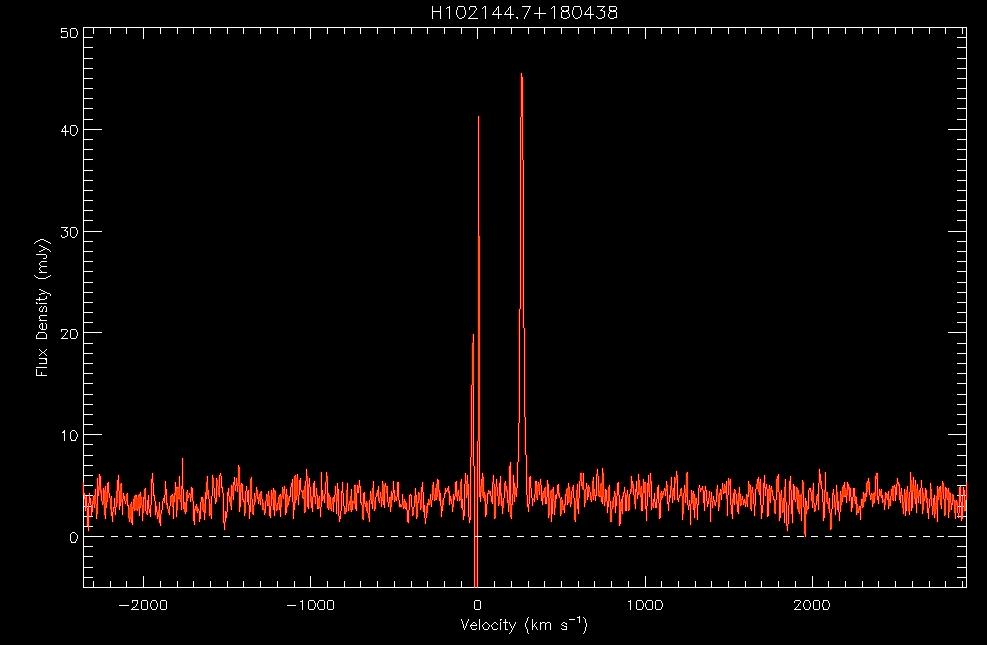 |
DR9Navi
DR12Navi DSS2blu.03 NED1.0 |
|
| 8847 | 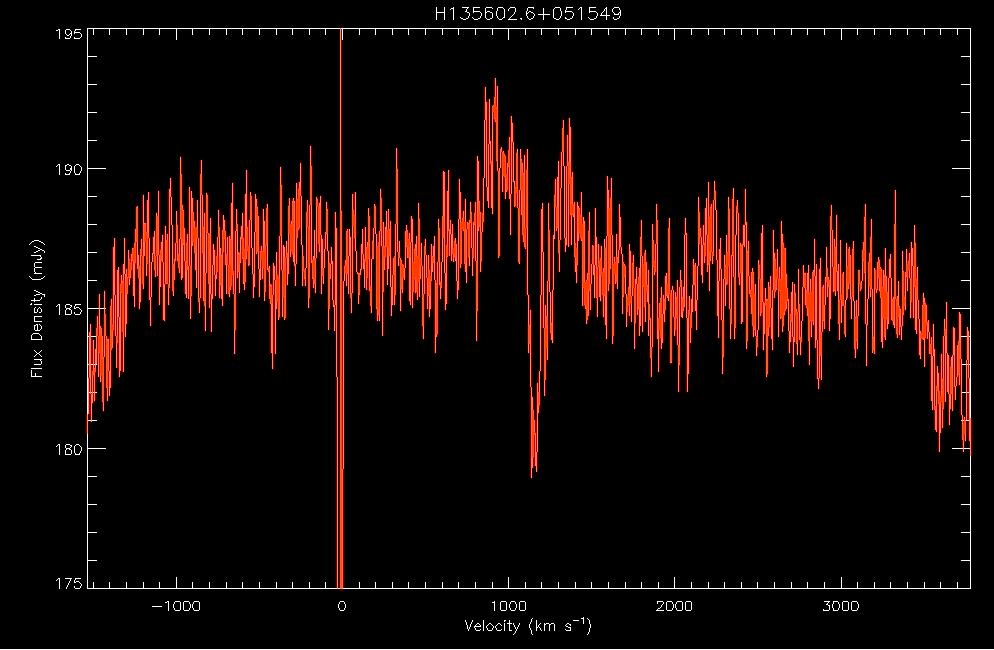 |
DR9Navi
DR12Navi
DSS2blu.03 NED1.0 | | |
| B | 229196 | 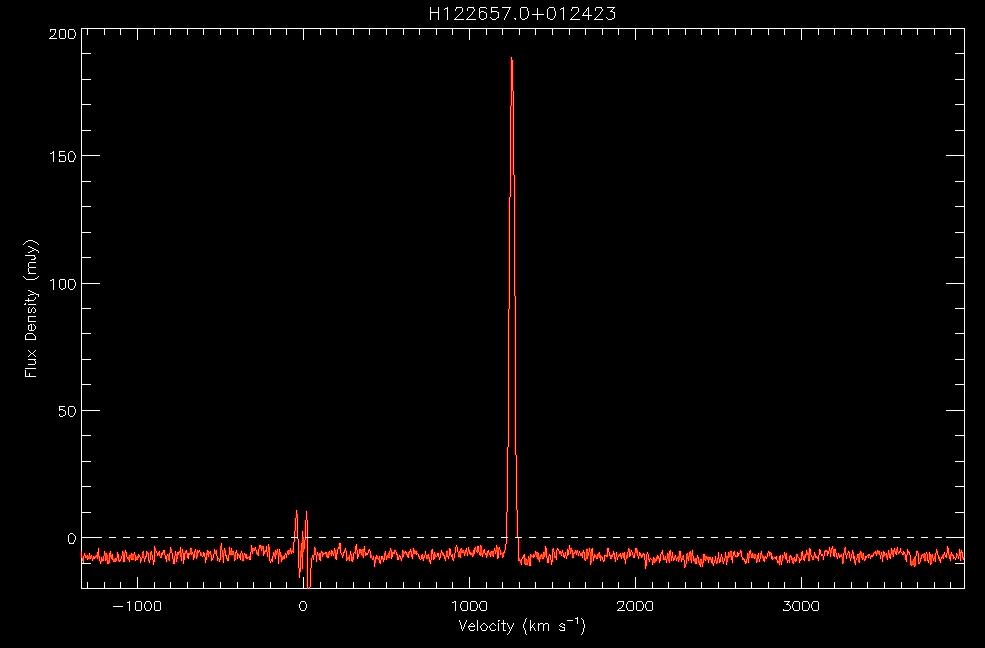 |
DR9Navi
DR12Navi DSS2blu.03 NED1.0 | |
| 180545 |  |
DR9Navi
DR12Navi DSS2blu.03 NED1.0 | | |
| C | 182595 | 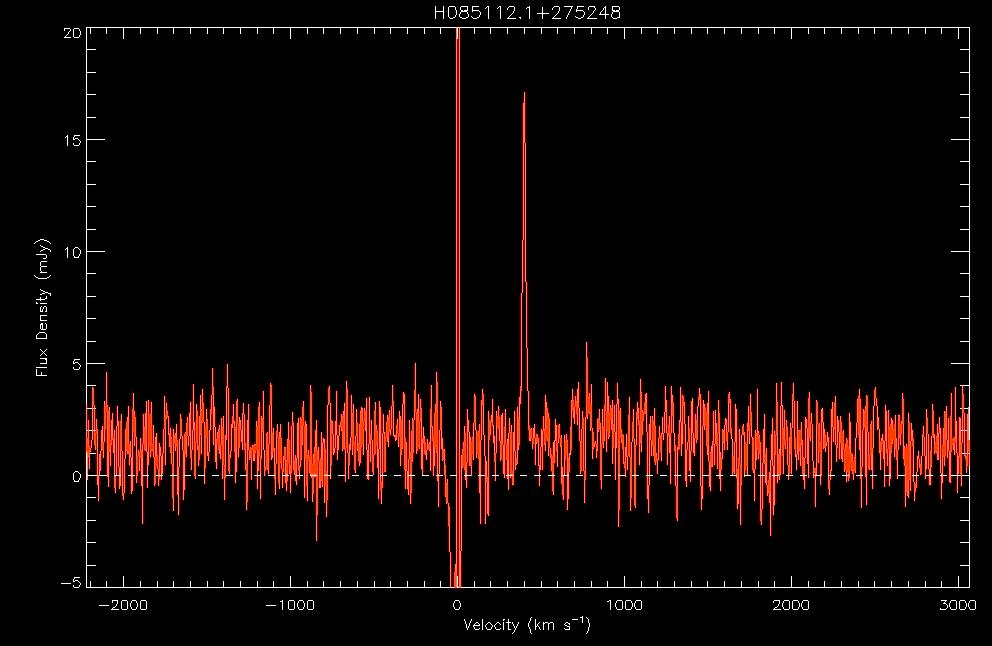 |
DR9Navi
DR12Navi DSS2blu.03 NED1.0 | |
| 193949 | 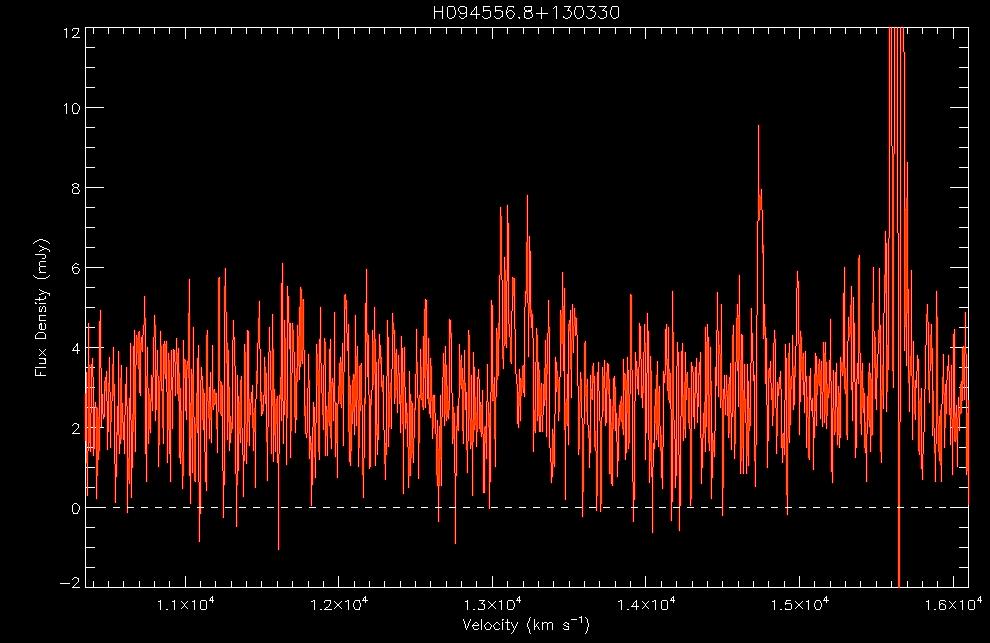
|
DR9Navi
DR12Navi DSS2blu.03 NED1.0 | | |
| D | 223819 | 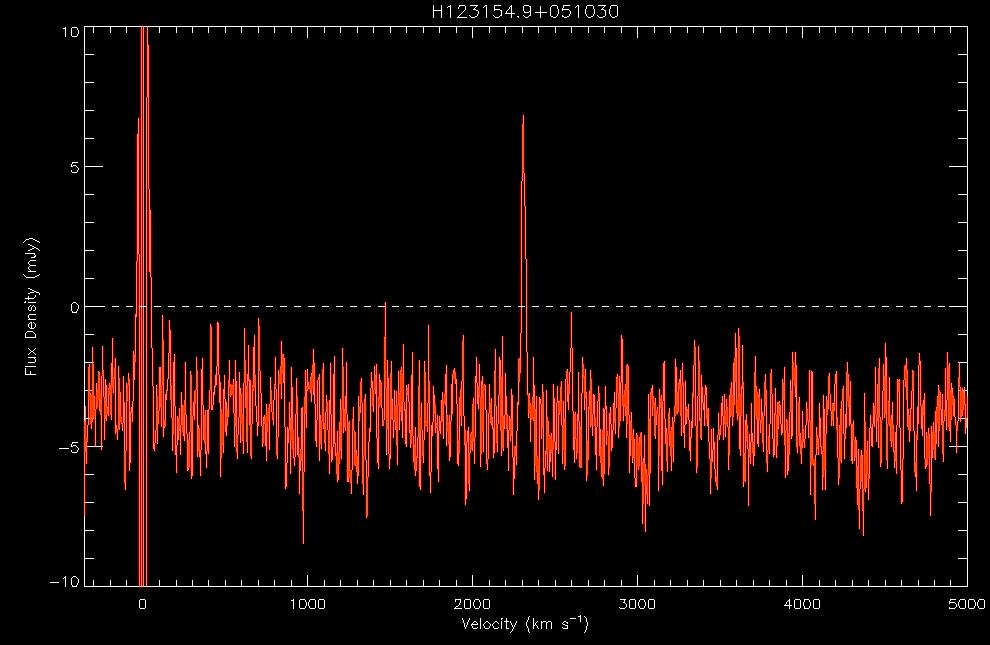 |
DR9Navi
DR12Navi DSS2blu.03 NED1.0 | |
| 732152 | 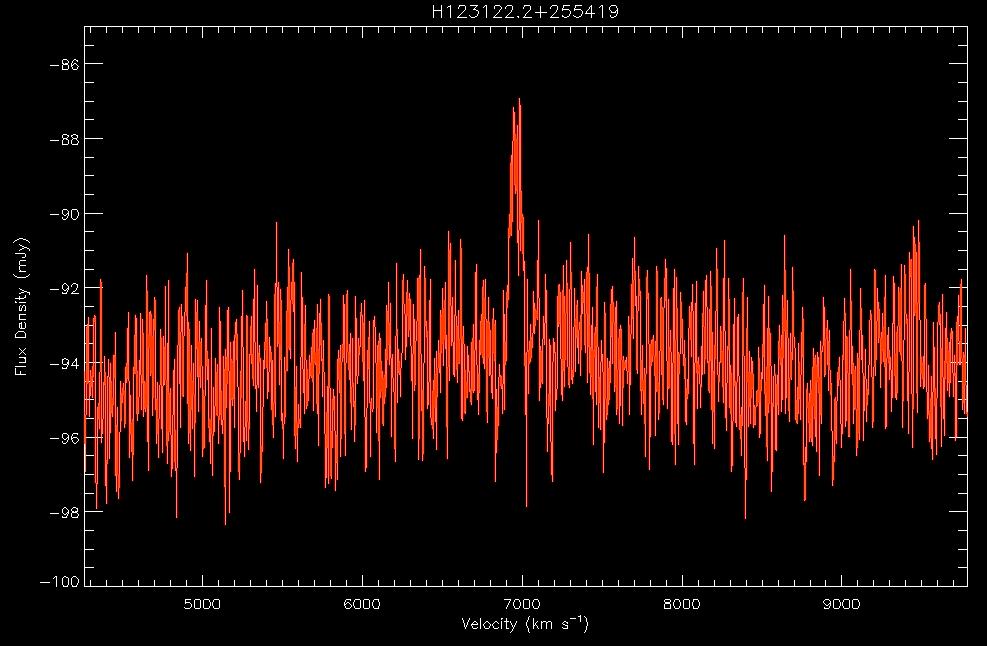 |
DR9Navi
DR12Navi DSS2blu.03 NED1.0 | | |
| E | 331756 | 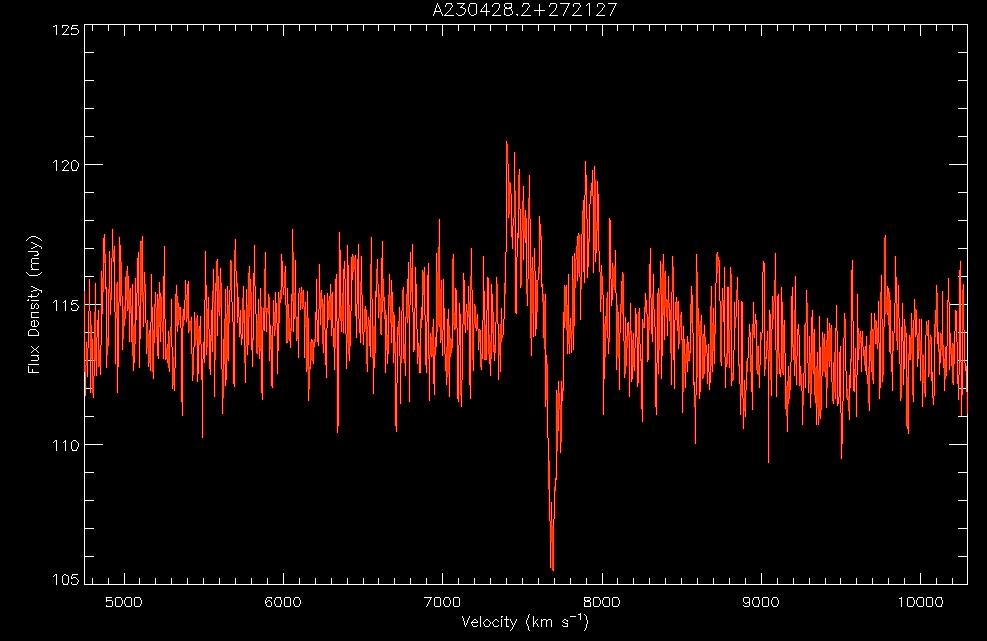 |
DR9Navi
DR12Navi DSS2blu.03 NED1.0 | |
| 222391 |  |
DR9Navi
DR12Navi DSS2blu.03 NED1.0 | | |
| F | 225406 | 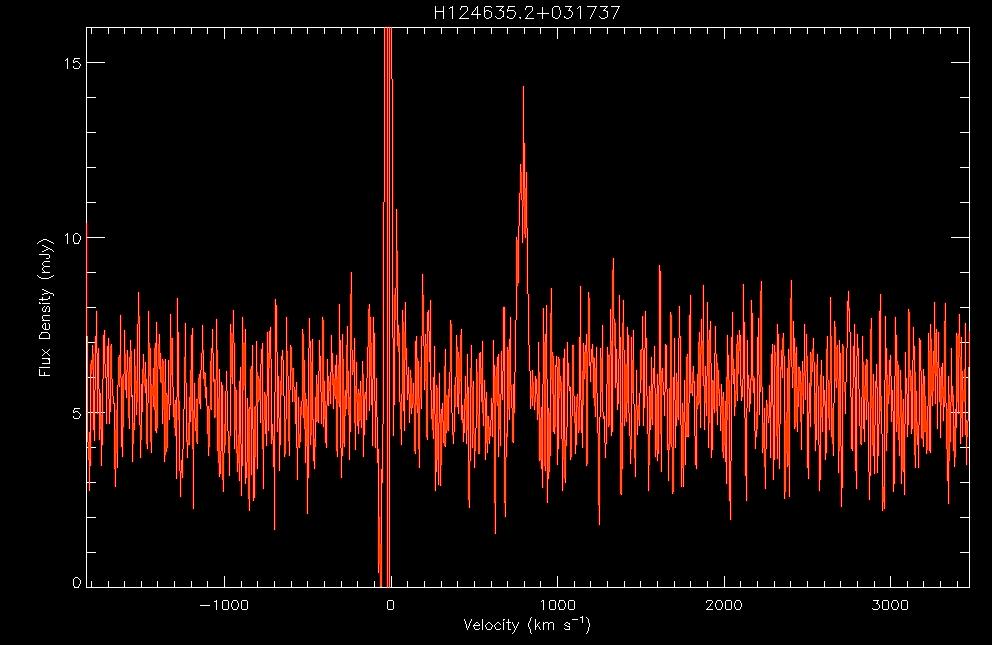 |
DR9Navi
DR12Navi DSS2blu.03 NED1.0 | |
| 322050 | 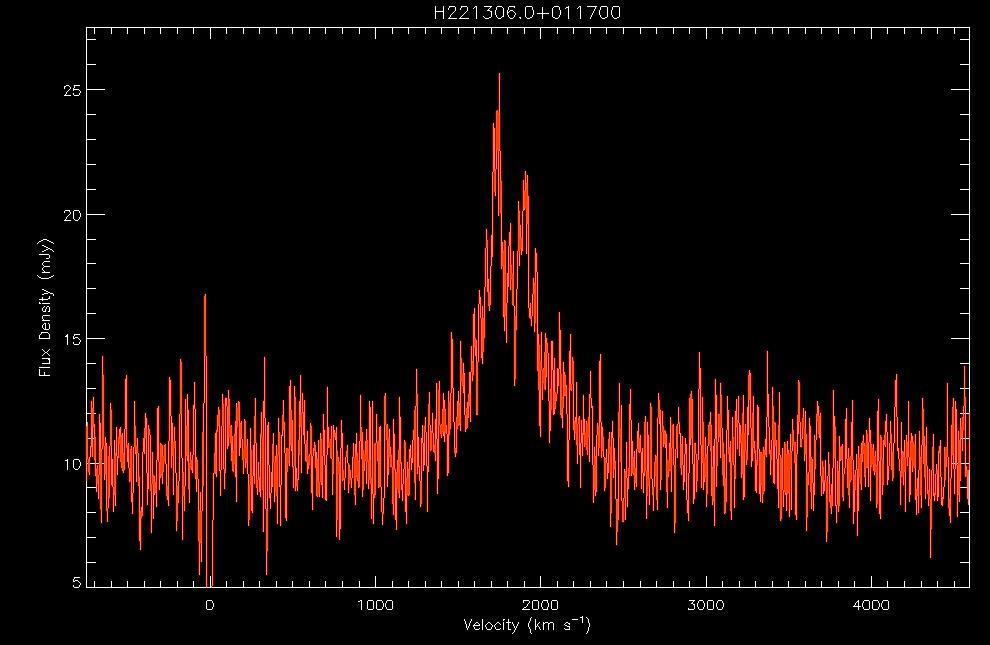 |
DR9Navi
DR12Navi DSS2blu.03 NED1.0 | |
2.4 More (important) questions for the UAT in 2016: a. What former Arecibo atmospheric scientist is the author of the (classic) mystery novel "Murder at Arecibo"? b. What famous radio engineer played hockey at the University of Wisconsin in the 1920's? c. What telescope is named for Cornelius Calvin Sale Jr.? d. In what movie is it noted that the Parkes Telescope "remains a part of NASA missions to this day. And it's still in the middle of a sheep paddock"? e. When awakened from sleep by a superior officer who asked if he was indeed holding a teddy bear, what MASH character replied: "Uh, yes, sir. Regulations against having the real kind".
Last updated Tue May 31 21:33:32 CEST 2016 by martha
